What is ITAM (IT Asset Management)?
IT Asset Management, known by the acronym ITAM (IT Asset Management) is a set of practices aimed at ensuring full control over an organization's technological assets. These assets include hardware, software, licenses, and even cloud services. The goal is to maximize the use of IT resources, reduce costs, strengthen security, and ensure regulatory compliance.
How ITAM contributes to efficiency and compliance
When applied correctly, ITAM provides an integrated view of the asset lifecycle, from acquisition to disposal, enabling smarter decision-making aligned with business goals. Furthermore, in conjunction with the CMDB, asset management can be a fundamental accelerator in the organization.
Why are ITAM components fundamental?
You ITAM components are the foundation for efficient asset management. Thus, they not only organize information but also support strategic decisions and prevent risks.
- Cost reduction and investment optimization: With an updated inventory, the company avoids unnecessary purchases and identifies opportunities to optimize licensing contracts.
- Security and regulatory compliance: Keeping licensed software and assets up to date reduces the risk of fines, cyberattacks, and infrastructure failures.
- Sustainability and technological innovation: By monitoring the entire lifecycle of assets, organizations can adopt more sustainable practices, such as responsible disposal and gradual equipment upgrades.
Main components of ITAM
Among the various components of ITAM, the main ones stand out:
- Hardware inventory
Hardware inventory is considered the backbone of ITAM, as it ensures complete visibility of all the organization's technology equipment. It also covers everything from servers, computers, and laptops to mobile devices, cell phones, printers, and network equipment.
A well-structured inventory makes it possible to:
– Detailed mapping of each physical asset, including manufacturer, model, serial number, date of acquisition and location;
– Obsolescence detection to predict replacements before critical failures occur;
– Preventive maintenance control, avoiding high repair costs;
– Asset security, reducing the risk of loss or misuse.
- Real-time traceability and monitoring
Modern ITAM tools enable continuous asset traceability. This means that any change, such as a memory upgrade, hard drive replacement, or device movement between departments, is automatically recorded.
Furthermore, real-time monitoring also helps identify performance bottlenecks, extending equipment lifespan and optimizing its use. This continuous control is vital for corporate environments with a large volume of devices.
- Software management
Just like physical equipment, software also requires structured management. Software management ensures that all programs used in the organization are properly licensed, up-to-date, and aligned with operational needs.
Its main benefits include: version control to avoid incompatibilities; elimination of redundant software, which only consumes financial resources; centralized management of applications in various environments, including offices and home offices; and reduction of legal risks related to the misuse of programs.
- Software licensing and compliance
One of the biggest challenges for companies is complying with licensing rules, such as such as Windows installed on notebooks, Adobe licenses for designers, among other licenses. Software compliance ensures that:
-
Licenses are within their validity period;
-
There is no use of pirated or unauthorized software;
-
The company must be prepared for external supplier audits.
In this way, licensing and compliance avoid million-dollar fines and ensure financial predictability in IT planning.
- Asset life cycle
The asset lifecycle involves tracking each technology resource from acquisition to disposal. It's a holistic view that allows us to extract maximum value from each asset and plan future investments intelligently.
The main steps in this cycle include:
-
Planning and acquisition – choice of equipment and software aligned with the business strategy;
-
Implementation and use – integration with IT infrastructure and continuous operation;
-
Maintenance and updates – parts replacement, software upgrades and configuration adjustments;
-
Responsible disposal – secure data deletion and component recycling, complying with environmental standards.
From acquisition to responsible disposal
Disposal is a critical step. Companies that fail to perform this process correctly risk leaking sensitive information and committing environmental violations. ITAM ensures that all equipment is properly sanitized, recycled, or reused.
- Cloud services and SaaS
With the growing adoption of cloud solutions, ITAM must also manage contracts and consumption of these services.
This component is essential to control:
– Contracts with cloud providers (such as AWS, Azure, Google Cloud);
– Real-time resource consumption to avoid waste;
– SaaS license allocation such as Microsoft 365, Salesforce, and Slack.
- Costs, accessibility and scalability
The cloud offers nearly infinite scalability, but without control, it can generate hidden costs. ITAM guarantees financial predictability and ensures that only the services actually used are maintained. Furthermore, it facilitates audits and compliance in hybrid environments (on-premises + cloud).
- Integration with information security
Finally, ITAM cannot be discussed without mentioning information security. All managed assets must be aligned with the company's data protection policies and international standards, such as LGPD and ISO 27001.
This integration ensures:
-
Vulnerability mapping in software and hardware;
-
Patch and update management, reducing the risk of attacks;
-
Protection against unauthorized access, through updated inventories;
-
Regulatory compliance, essential in sectors such as finance, healthcare and telecommunications.
Strategic benefits of ITAM for companies
- Operational efficiency: Fewer failures, greater productivity and optimized processes.
- Financial control and internal audits: With detailed reports, ITAM helps prepare companies for external and internal audits.
- Decision-making support: With reliable data, managers can invest more effectively in technology, aligning resources with strategic planning.
The future of ITAM and its components
- Automation and Artificial Intelligence Trends
Smart tools will automate inventory, risk analysis, and even predict future needs.
- Software vendor audits
The increase in audits reinforces the need to keep clear and up-to-date records.
- Optimizing expenses in hybrid environments
With the expansion of cloud solutions, ITAM will be crucial to controlling costs in hybrid and multicloud environments.
4MATT and its contribution to the implementation of ITAM
When we talk about ITAM components, we cannot fail to highlight specialized companies that offer technological support so that organizations can implement this practice effectively. In this scenario, 4MATT stands out as a reference in the market.
With innovative solutions and a focus on IT governance, 4MATT helps companies of all sizes structure asset inventories, monitor software licenses, track device lifecycles, and optimize their technology investments. We also stand out for our ITAM diagnosis and planning in companies.
Among 4MATT's differentiators are:
-
Smart platforms for full control and visibility of IT assets;
-
Process automation inventory, auditing and license management;
-
Integration with information security policies, reducing the risk of vulnerabilities;
-
Strategic consulting, helping managers make data-driven decisions.
Thus, 4MATT not only provides tools but also specialized support so that ITAM components are applied with maximum efficiency and yield tangible results, such as cost reduction, increased safety, and regulatory compliance. Learn more about this topic by downloading our free ebook on ITAM & CMDB.
Why investing in ITAM components is essential
You ITAM components form the foundation of intelligent and secure IT asset management. By adopting structured inventory, lifecycle, software, and cloud practices, companies gain efficiency, reduce costs, and strengthen their security.
In an increasingly digital world, mastering ITAM is not just a competitive advantage, but a strategic necessity. Talk to 4MATT experts and boost your company with the implementation of ITAM.



